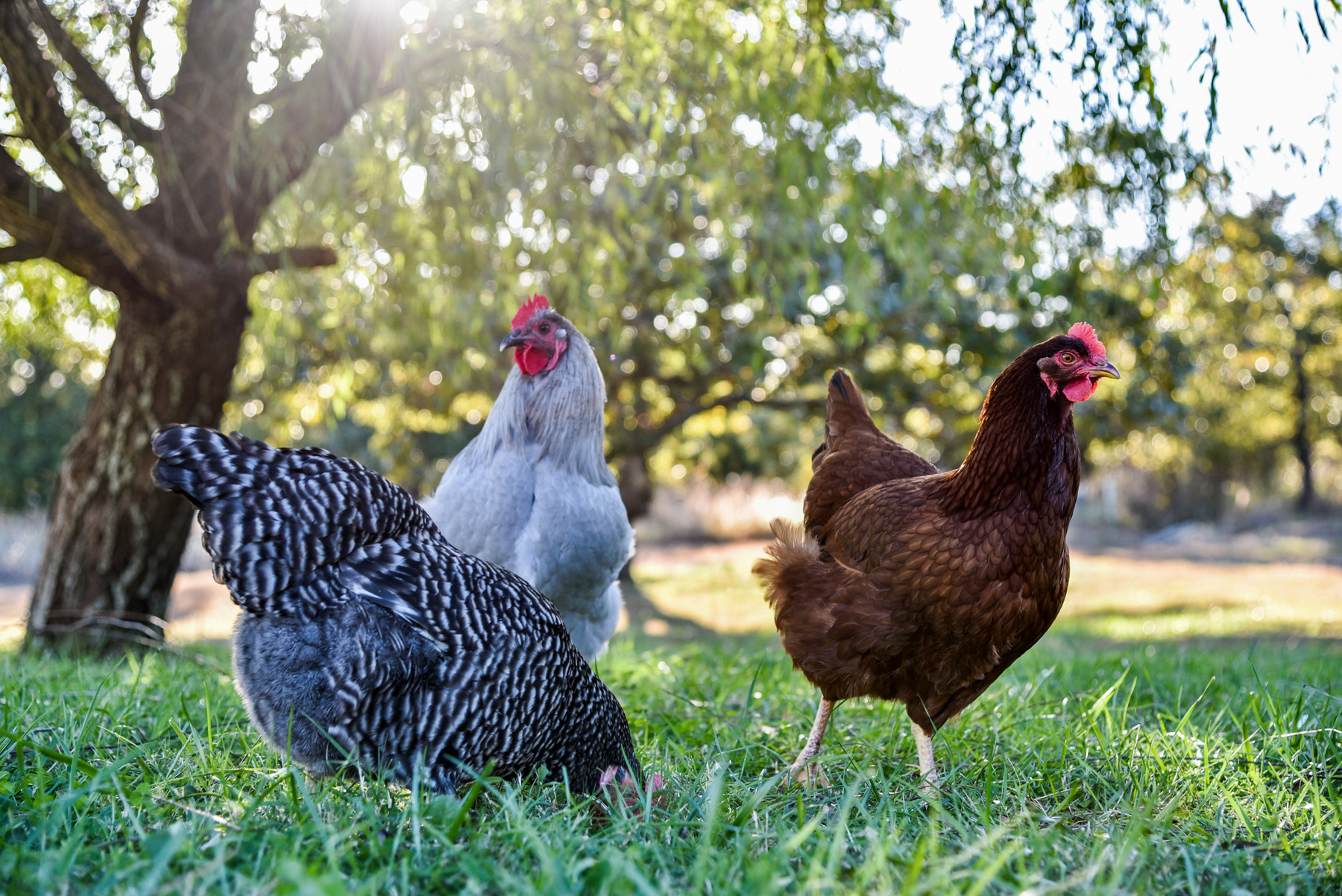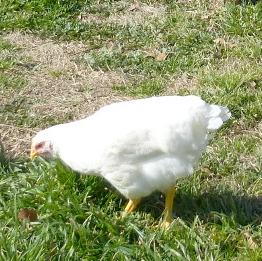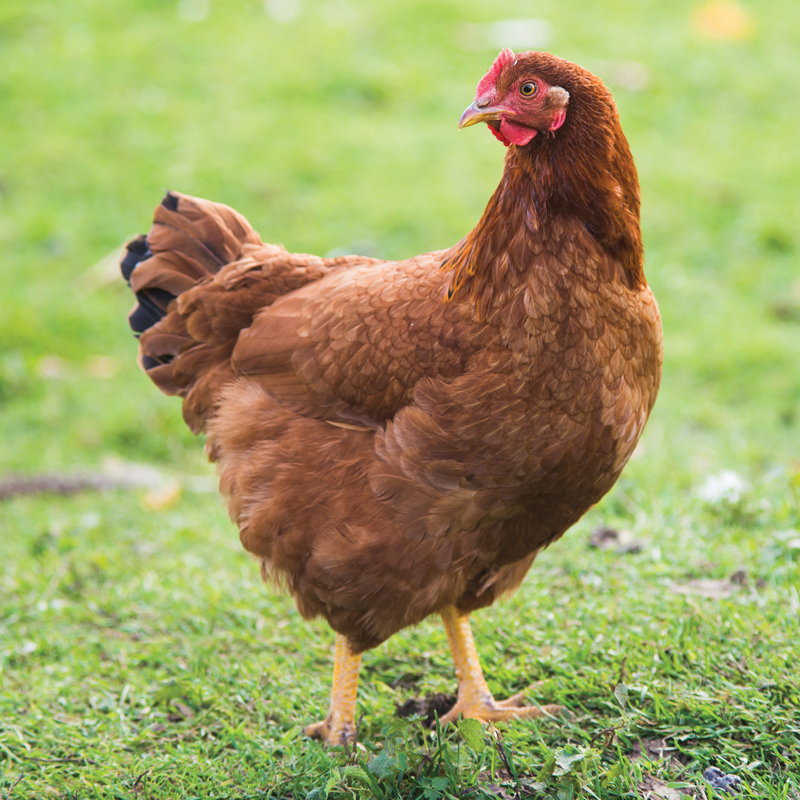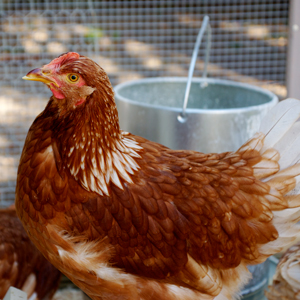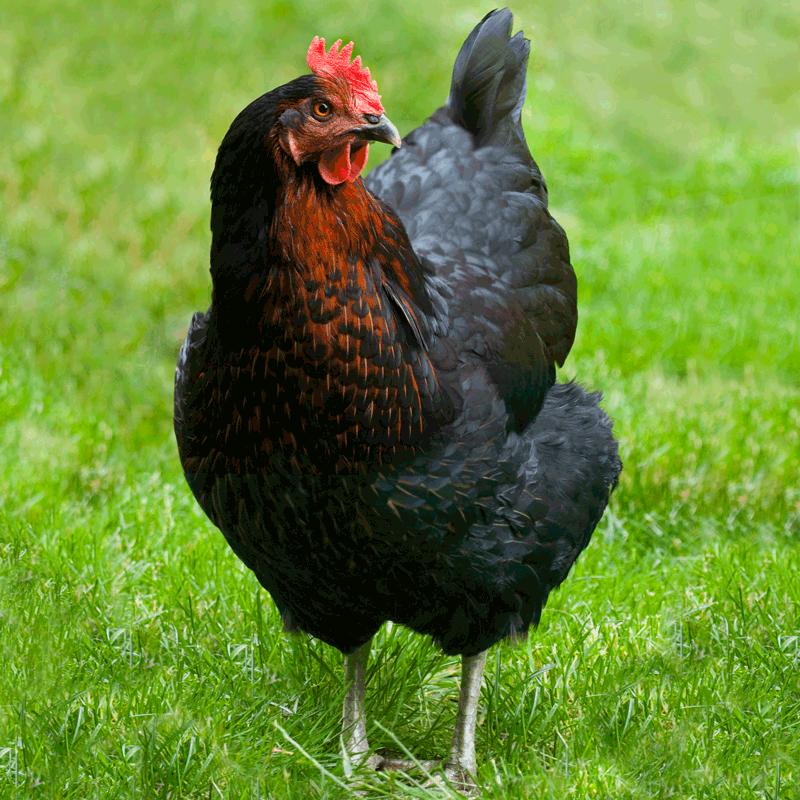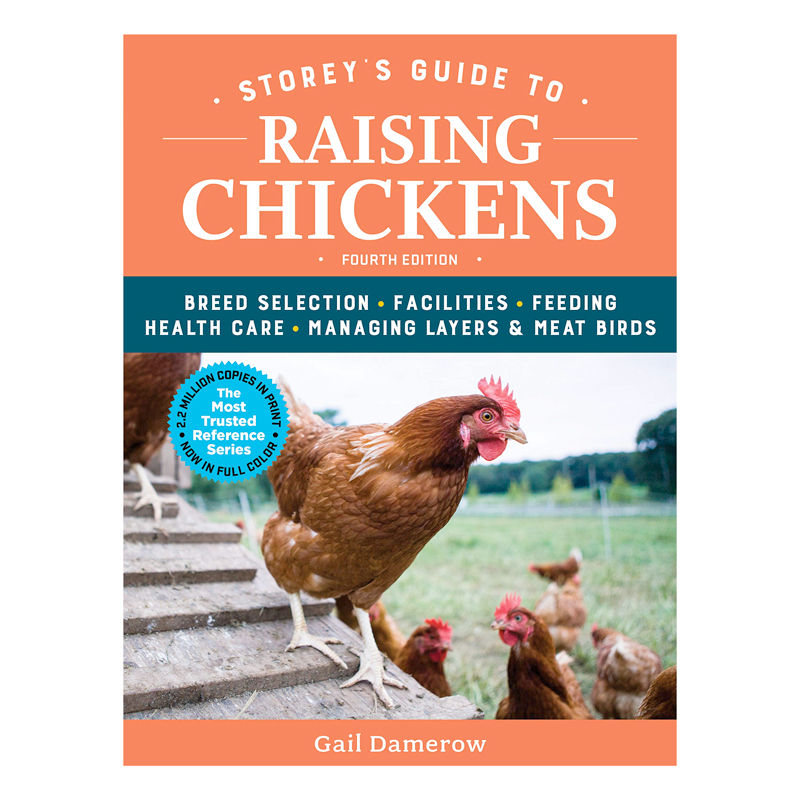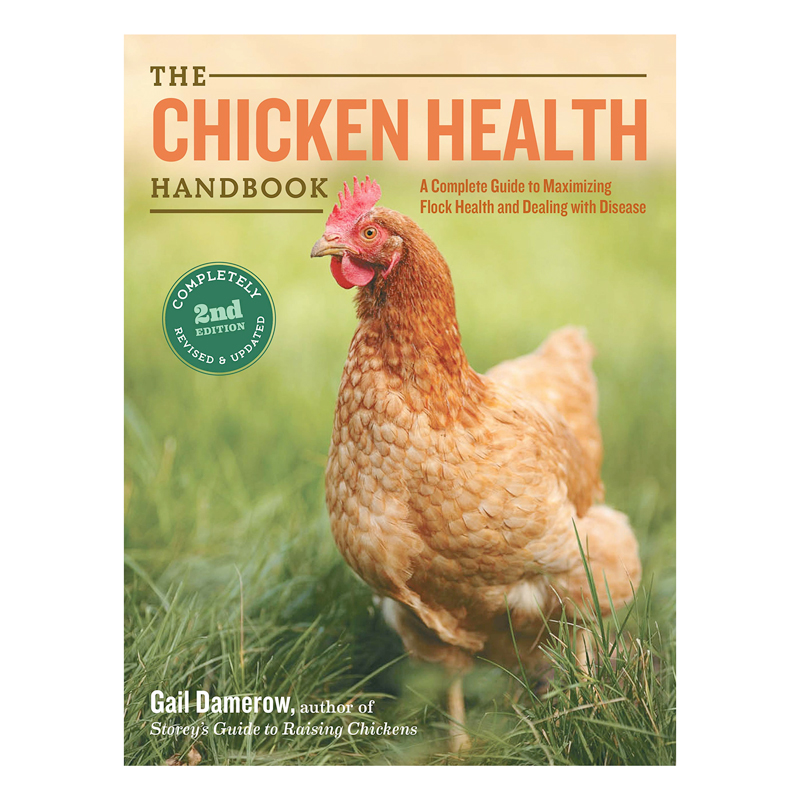Raising and keeping a flock of laying hens can be very rewarding once you start gathering colorful fresh eggs daily. But, when complications arise, such as prolapse or an egg-bound hen, it can be stressful for both the hen and their owner. In the second article in our series with poultry expert and best-selling author, Gail Damerow, we ask her about these two topics.
PROLAPSE IN LAYING HENS
Seeing pink tissue protruding from a hen’s vent can be scary (for you) and dangerous (for the hen). This condition, called prolapse, requires immediate attention.
“Prolapse is actually a natural process by which eggs are laid.” explains poultry expert Gail Damerow. “The hen’s uterus, where an egg’s shell is formed, holds the egg tightly and prolapses — or turns itself inside out — to push the egg through the hen’s vent and into the nest. Typically the uterus then withdraws back inside the hen.
“When an egg is larger than usual, or a pullet’s body is immature when she begins laying, the stretched uterus may not be able to retract back inside. Instead it remains prolapsed, a serious condition in which tissue protrudes outside the vent.
“Left untreated, the prolapsed tissue will attract other chickens to pick, and the hen will eventually die from hemorrhage and shock. If treated in time, however, the condition may be reversed by applying an anti-inflammatory cream, such as hydrocortisone, and gently pushing the protruding tissue back inside. While the hen recovers, she should be isolated and discouraged from laying, by limiting total light to 8 hours daily.”
How can prolapse be avoided?
“Pullets are less likely to prolapse if they don’t start laying until their bodies are ready. Pullets that hatch from April through July, when daylight hours are decreasing as they approach maturity, develop at a natural rate. Pullets that hatch from August through March, however, experience increasing daylight hours as they reach maturity, accelerating the onset of laying and increasing the possibility of prolapse. In all cases, pullets should receive the appropriate feed for their age and not be fed a layer ration until they actually start laying.
“Prolapse may occur in a mature hen that lays a larger than usual egg, such as one with multiple yolks. More typically, hens prolapse because they are obese, thanks too many treats fed by a well meaning keeper.”
EGG BINDING IN LAYING HENS
Pet chicken owners sometimes report losing hens that have become egg bound. What is egg binding and what causes it?
“Egg binding occurs when an egg gets stuck inside the hen,” says Ms. Damerow. “As with prolapse, egg binding often results from pet hens being fed too many fattening treats. Extra body fat puts pressure on the muscles responsible for pushing the egg out, preventing the muscles from doing their job.
“As with prolapse, egg binding may occur when a hen tries to lay an unusually large egg. It may also occur when a pullet starts laying at too young an age, producing eggs that are larger than her developing muscles can handle.
“Another common cause of egg binding is a deficiency of calcium in the diet. Calcium is needed for the muscle contractions that push an egg out. Superior layers are susceptible to calcium deficiency if their bodies cannot replace used-up calcium fast enough to keep up with egg production.
“Older hens are also susceptible to calcium depletion. One reason we are seeing egg binding in backyard chickens is that hens are kept longer when they become family pets.”
So how do you know a hen is egg bound?
“An egg bound hen will appear sluggish,” Ms. Damerow explains. “She may strain, as if trying to lay an egg. Sometimes you can see the end of an egg protruding from her vent. Her vent may be swollen and her abdomen may be bloated. A veterinarian can verify a hen is egg bound by taking an x-ray. An advantage to consulting a vet is that an egg bound hen will receive immediate treatment.
“When a hen remains egg bound, eggs continue to develop and accumulate behind the first one. Unless the bound egg is removed, the hen will eventually go into shock and die.”
What if a veterinarian is not available? Can egg binding be treated at home?
“Applying moist heat often relaxes the muscles enough to release the stuck egg,” Ms. Damerow suggests. “Moist heat can be provided by applying a warm, damp towel to the hen’s bottom, or by standing the hen in a basin with enough warm water to reach just above her vent. If the egg doesn’t release after about 15 minutes, let the hen rest for 15 or 20 minutes and try again.
More advanced techniques for releasing a bound egg are described in The Chicken Health Handbook. Ms. Damerow suggests first-time chicken owners, or anyone who feels uncomfortable with hands-on procedures, seek the assistance of an experienced chicken keeper or avian veterinarian in releasing a stubbornly bound egg.
“Once the stuck egg is released, egg binding may recur if the underlying condition is not resolved,” Ms Damerow cautions. “Egg binding is less likely to happen in the first place when hens are fed a balanced diet consisting primarily of formulated layer ration supplemented with free-choice oyster shell or other calcium supplement.”

Gail Damerow has been keeping chickens for nearly 50 years and has written several books about them including Storey's Guide to Raising Chickens, The Chicken Health Handbook, The Chicken Encyclopedia, Hatching and Brooding Your Own Chicks, and What's Killing My Chickens? For more about Ms. Damerow, visit her blog at GailDamerow.com.
Gail Damerow's headshot by The Chicken Chick, Kathy Shea Mormino.

